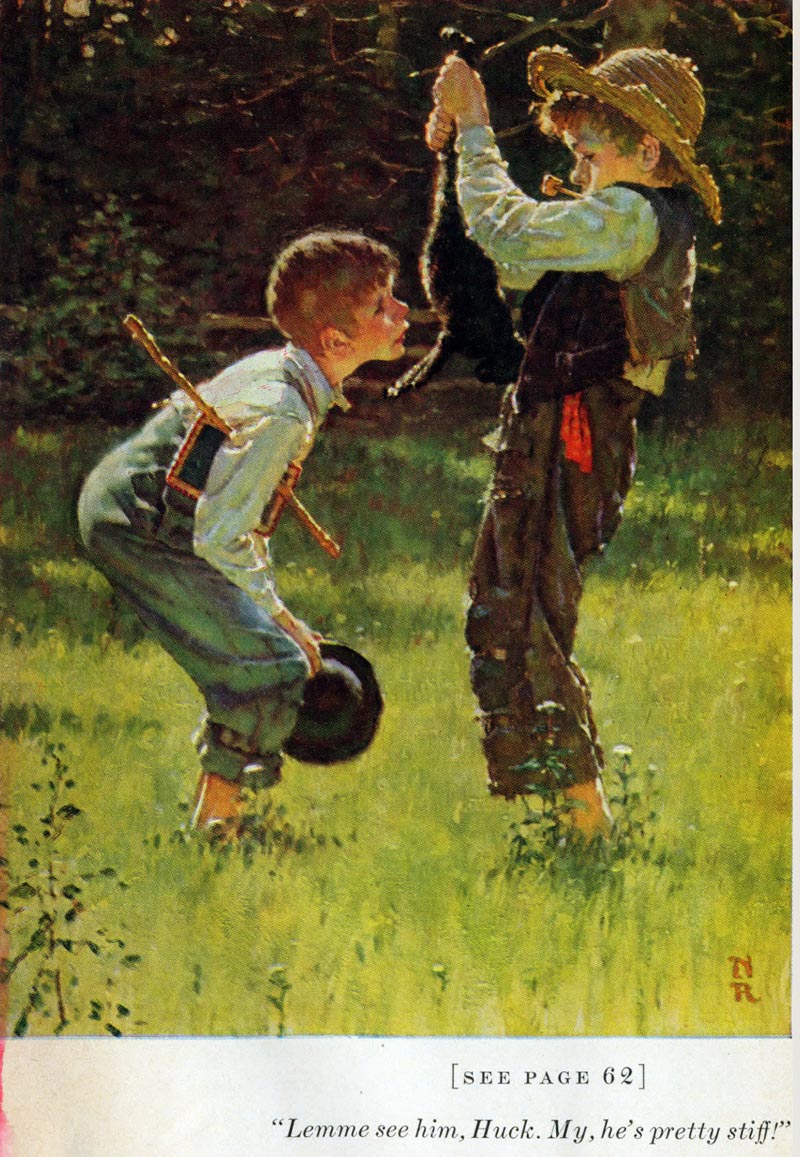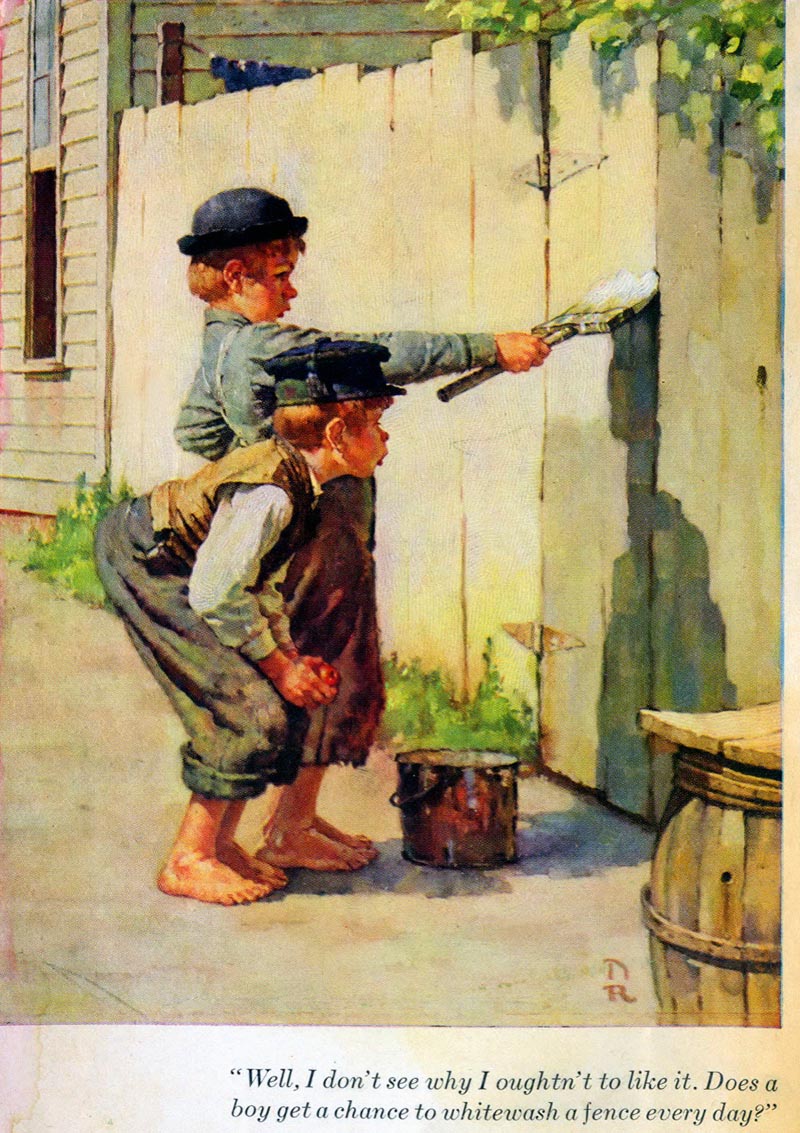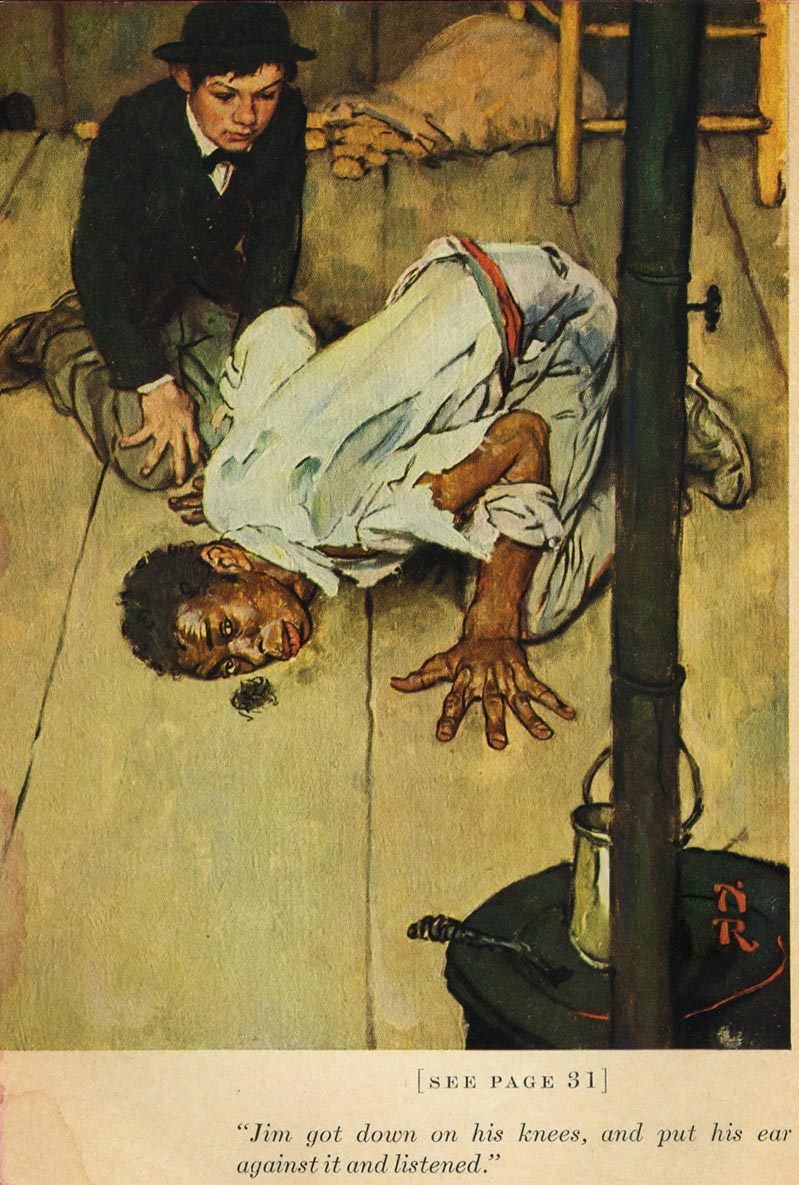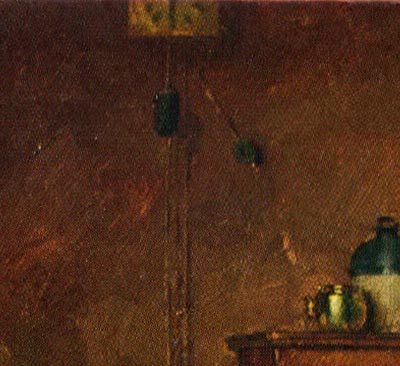Bill Gates — Microsoft CEO turned philanthropist, lifelong learner and fan of The Great Courses — is recommending seven texts you should read this summer. They’re not exactly light beach reading. But you’ll learn a lot, and you’ll get more dialed into issues on Gates’ mind. On his website, the video above comes accompanied by reasons for reading each work.:
Hyperbole and A Half , by Allie Brosh:The Book, based on Brosh’s wildly popular website, consists of brief vignettes and comic drawings her young About Life. The adventures she recounts are mostly inside her head, where we hear and see the kind of inner thoughts most of us are too timid to let out in public. You will rip through it in three hours, tops. But you’ll wish it went on longer, because it’s funny and smart as hell. I must have interrupted Melinda a dozen times to read to her passages that made me laugh out loud.
The Magic of Reality, by Richard Dawkins. Dawkins, an evolutionary biologist at Oxford, has a gift for making science enjoyable. This Book is as accessible as the TV series Cosmos is for Younger Audiences-and as Relevant for OldEr Audiences. It’s an engaging, well-illustrated science textbook offering compelling answers to big questions, like “how did the universe form?” And “what causes earthquakes?” It’s also a plea for readers of all ages to approach mysteries with rigor and curiosity.Dawkins’s antagonistic (and, to me, overzealous) view of religion has earned him a lot of angry critics, but I consider him to be one of the great scientific writer / explainers of all time.
If what?, by Randall Munroe. The subtitle of the book is “Serious Scientific Answers to Absurd Hypothetical Questions,” and that’s exactly what it is. People write Munroe with questions that range over all fields of science: physics, chemistry, biology. Questions like, “From what height would you need to drop a steak for it to be cooked when it hit the ground?” (The answer, it turns out, is “high enough that it would disintegrate before it hit the ground.”) Munroe’s explanations are funny, but the science underpinning his answers is very accurate. It’s an entertaining read, and you’ll also learn a bit about things like ballistics, DNA, the oceans, the atmosphere, and lightning along the way.
XKCD, by Randall Munroe. A collection of posts from Munroe’s Blog XKCD, which is made up of Cartoons he Draws making fun of things-Mostly Scientists and Computers, But lots of Other things too. There’s One About Scientists holding A Press Conference to Reveal Their discovery That Life is arsenic-based. They research press conferences and find out that sometimes it’s good to serve food that’s related to the subject of the conference. The last panel is all the reporters dead on the floor because they ate arsenic. It’s that kind of humor, which not everybody loves, but I do.
On Immunity , by Eula Biss. When I stumbled across this book on the Internet, I thought it might be a worthwhile read. I had no idea what a pleasure reading it would be. Biss, an essayist and university lecturer, examines what lies behind people’s fears of vaccinating their children. Like many of us, she concludes that vaccines are safe, effective, and almost miraculous tools for protecting children against needless suffering. But she is not out to demonize anyone who holds opposing views. This is a thoughtful and beautifully written book about a very important topic.
How to Lie With Statistics , by Darrell Huff. I Picked up this Short, Easy-to-Read Book after Seeing it on A Wall Street Journal list of good Books for Investors . I enjoyed it so much That it WAS One of A Handful of Books I recommended to everyone at TED this year. It was first published in 1954, but aside from a few anachronistic examples (it has been a long time since bread cost 5 cents a loaf in the United States), it does not feel dated. One chapter shows you how visuals can be used to exaggerate trends and give distorted comparisons‑a timely reminder, given how often infographics show up in your Facebook and Twitter feeds these days. A useful introduction to the use of statistics, and a helpful refresher for anyone who is already well versed in it.
Should We Eat Meat?, by Vaclav Smil. The richer the world gets, the more meat it eats. And the more meat it eats, the bigger the threat to the planet. How do we square this circle? Vaclav Smil takes his usual clear-eyed view of the whole landscape, from meat’s role in human evolution to hard questions about animal cruelty. While it would be great if people wanted to eat less meat, I do not think we can expect large numbers of people to make drastic reductions. I’m betting on innovation, including higher agricultural productivity and the development of meat substitutes, to help the world meet its need for meat. A timely book, though probably the least beach-friendly one on this list.
You can get more ideas from Bill Gates at Gates Notes.
If you’re looking to do some more DIY education this summer, don’t miss the following rich collections:
1,000 Free Audio Books: Download Great Books for Free.
800 Free eBooks for iPad, Kindle & Other Devices.
1,700 Free Online Courses from Top Universities.









